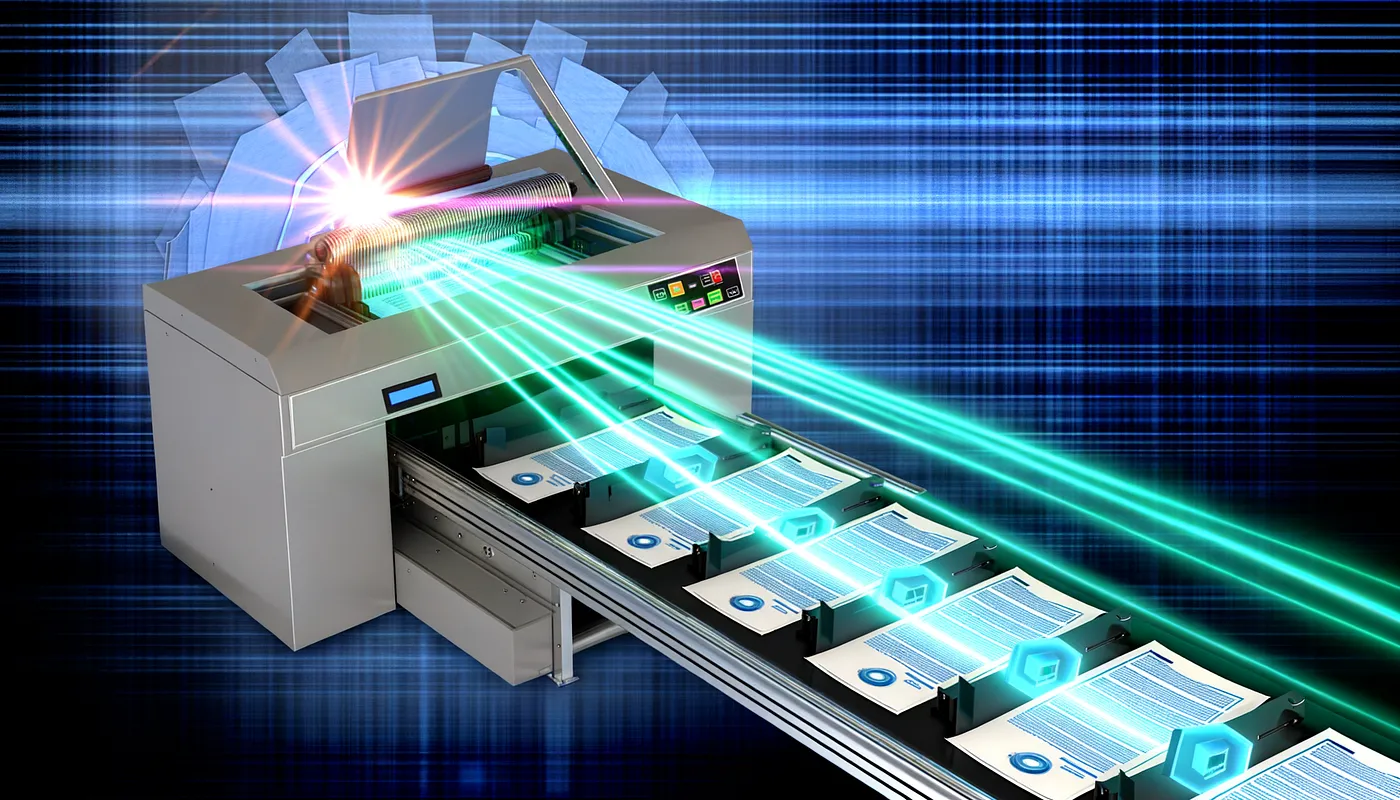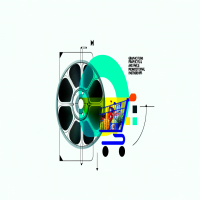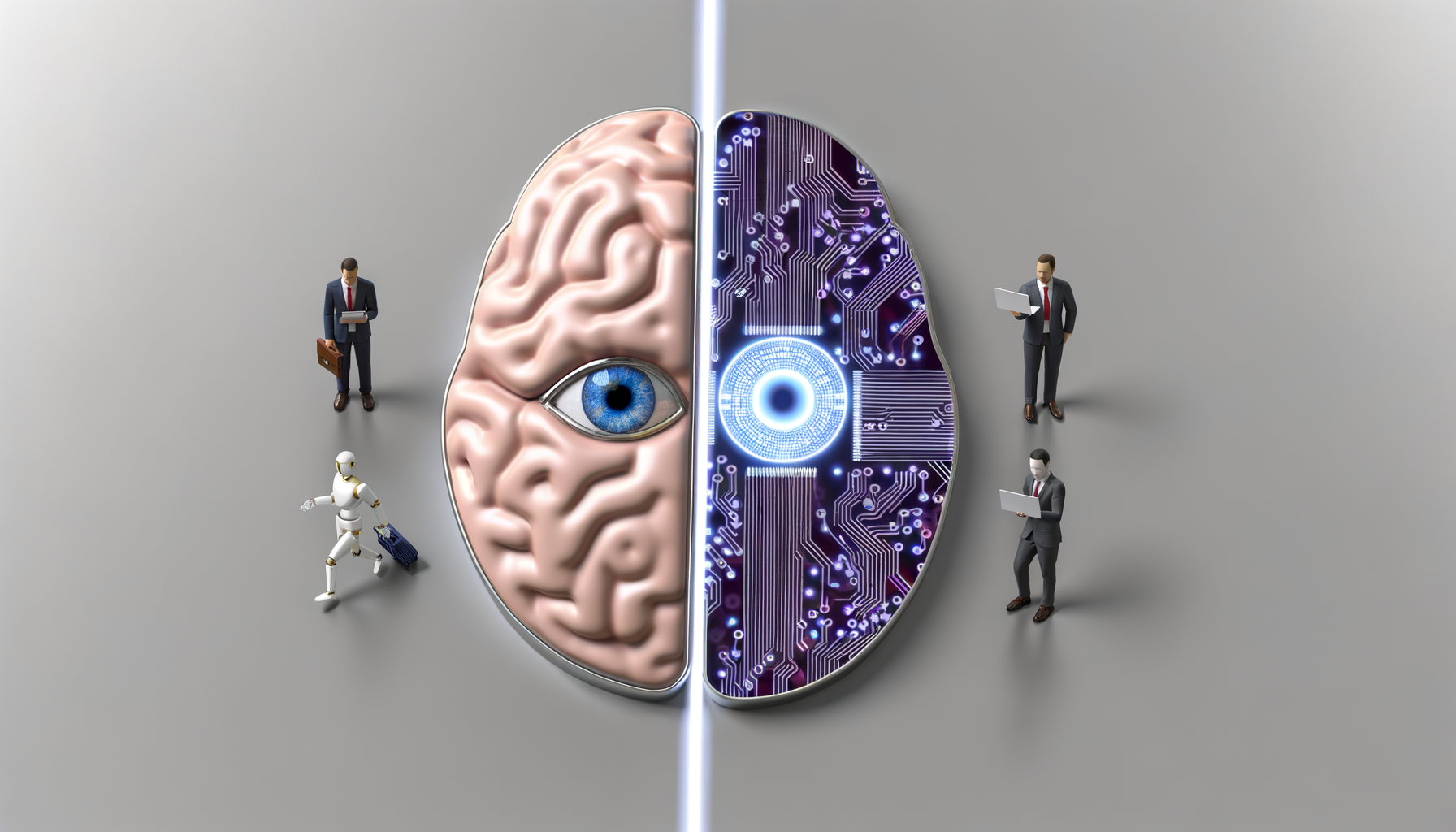Revolutionizing Document Management: How Cutting-Edge Optical Character Recognition Enhances ADF Performance

In an age where efficiency and precision are paramount in both personal and professional realms, technology continues to evolve to meet these demands. One such area of remarkable technological advancement is Optical Character Recognition (OCR) within Automatic Document Feeders (ADFs). As the backbone of automated document processing, ADFs have witnessed significant transformations fueled by innovations in OCR technologies, bolstering both performance and reliability.
The Intersection of ADFs and OCR Technology
Automatic Document Feeders have been around for decades, simplifying and accelerating the process of scanning multiple documents at a time. Their deployment across industries from legal and healthcare to finance and education underscores their indispensable role in automating administrative tasks.
Optical Character Recognition, on the other hand, is a technology designed to convert different types of documents, such as scanned paper documents, PDFs, or images captured by a digital camera, into editable and searchable data. Together, ADFs and OCR are a force multiplier, elevating the capabilities of document management systems by offering:
Speed: Increased throughput rates.
Accuracy: Enhanced precision in text recognition.
Consistency: Reduced error rates and improved reliability.
Unpacking the Advancements in OCR Technology
1. Improved Machine Learning Algorithms
Machine learning algorithms have exponentially advanced OCR performance, leveraging vast datasets to “train” systems more effectively than ever before. These algorithms can now discern complex font types, varying text sizes, and even handwritten content with higher accuracy.
Deep Learning Capabilities: The integration of deep learning techniques has enabled OCR systems to mimic the neural patterns of human cognition, drastically improving interpretations of ambiguous or complex document layouts.
2. Natural Language Processing (NLP)
By incorporating NLP, today’s OCR systems do more than simply converting text; they extract meaningful information and context. They can:
Understand syntactical nuances and grammatical structures.
Detect and interpret different languages and convert them accurately.
Summarize passages, identify key phrases, and generate insights from large volumes of data.
3. Error Correction and Feedback Loops
Modern OCR solutions employ feedback loops to correct errors by:
Implementing continuous learning where systems “learn” from past mistakes.
Offering users the capability to manually correct errors, which feeds back into the system to refine future performance.
Enhancing ADF Performance with OCR
Seamless Integration with Cloud Services: The blending of OCR with cloud-based platforms means documents processed via ADF can be stored, retrieved, and accessed anytime, anywhere. This is particularly beneficial for remote workforces requiring constant, yet secure, document accessibility.
Automation of Routine Tasks: Improved OCR technologies enable the automation of mundane administrative tasks such as sorting, filing, and data entry. This shift allows human resources to pivot towards more strategic, value-driven projects.
Enhanced Security and Compliance: OCR develops the backbone of secure, compliant document management. Document digitalization makes it easier to implement encryption and access controls, safeguarding sensitive information and adhering to regulatory standards.
Real-World Applications Driving Industry-wide Changes
In healthcare, OCR technologies integrated with ADFs are crucial in decoding handwritten medical prescriptions, facilitating smoother operational workflows.
In the financial sector, they streamline processes by automating invoice processing, transaction documentation, and regulatory compliance — all while mitigating the risks of human error.
In the education sector, universities use OCR as part of their digital strategy to archive thousands of historical documents, making vast amounts of information available and searchable online.
The Road Ahead: Future Opportunities
As technology continues to evolve, the potential for ADFs powered by robust OCR technologies is boundless. We foresee:
Real-time Translation Services: Instantaneous translation capabilities across languages, breaking down barriers and fostering international collaboration.
Intelligent Predictive Analysis: Using OCR to pre-empt business trends and challenges by identifying patterns within vast data archives.
Integration with IoT and AI: Merging OCR with other technological advancements is likely to revolutionize document management ecosystems, enhancing everything from workflow automation to mobility.
Conclusion
The synergetic relationship between Automatic Document Feeders and Optical Character Recognition continues to rewrite the standards for speed, accuracy, and reliability in document processing. Technological advancements in OCR have led to a renaissance, turning what was once manual and time-consuming into sleek, automated operations that drive productivity and efficiency.
With these advances, businesses across the globe are better prepared for the dynamic landscape of digitization. As we look forward, the ongoing evolution of these technologies promises further adoption, innovation, and acceleration of activities in myriad industries.
To delve deeper into the world of Automatic Document Feeders and their transforming role in contemporary document management,
Read More @ https://www.360iresearch.com/library/intelligence/automatic-document-feeder
SOURCE — https://www.360iresearch.com
Note: IndiBlogHub features both user-submitted and editorial content. We do not verify third-party contributions. Read our Disclaimer and Privacy Policyfor details.







